Our feet support us more than literally any other part of our body. More than our legs, thighs, calves, the list goes on. So it’s important to take great care of them and to be on the lookout for common foot-related issues.
One of the most common issues faced by our feet is hammertoes. Below, Kizik is going to summarize what a hammertoe is and how to get relief. This includes orthopedic solutions as well as footwear to help with pain and symptoms.
What’s a hammertoe?
A hammertoe is a mild foot deformity that changes the spade of one of your toes, appearing with a bend along one of its joints.
Similar to hammertoes are mallet toes and claw toes. While nearly identical, mallet toes bend in the joint closest to the nail, and claw toes affect the joint closest to the ankle. Both mostly affect the second toes, third toes, and fourth toes. The big toe and pinky are largely unaffected.
Hammertoes usually appear in the middle joint of the toe. In the early stages, one has what is called a flexible hammertoe. In this state, the toe begins to achieve a new “sitting” position but can still move. As the condition progresses, the ligaments and tendons of the toe tighten, causing a rigid hammertoe.
While the condition has its own causes, it could also cause another set of problems. Since it impacts the way your toes sit in your shoe, you may be at higher risk of developing bunions, corns, and calluses.
Most of the time, hammertoes are recognized for the amount of pain they cause. The further along the condition worsens, the greater the pain. Below, we’re going to go into the actual cause and how to hopefully find relief.
What causes hammertoes?
There’s a variety of direct causes behind hammertoes, as well as risks to look out for.
Causes include wearing improper or restrictive footwear. High-heeled shoes and or tight shoes that lack a roomy toe box constrict your feet and can even cause your toes to curl back and, over time, develop a deformity.
Another cause is trauma. Many times when we stub our toes, there’s immediate pain. Usually, once that pain subsides, it’s the end of it. But sometimes, stubbing your toe can incite a hammer toe, impacting toe muscles and joints.
A third cause is muscle imbalance of the toes. Through your gait (the way you walk) or for other reasons, the muscles in the toes can develop unevenly. This causes changes in how your toes naturally sit.
Who is most at risk for hammertoe?
As you age, the risk of getting hammertoes increases. However, women have a much higher risk of developing this condition than men.
Toe length is also a risk factor. If one of your middle three toes is your longest toe, it’s at higher risk. General heredity, and diseases like arthritis, also create a higher amount of risk.
How to reduce hammertoe pain
There are many ways to help deal with hammertoes. Before going into footwear, we’ll explore other long-term solutions.
Surgical treatments
From a surgical perspective, there are two core solutions to hammertoes: Arthrodesis and arthroplasty. Both have their proponents, though the study linked suggests the latter to be the superior solution.
Arthrodesis is where the joints of two bones are fused together through surgery. In theory, this should alleviate pain. Critics state that the recovery period is prolonged, irreversible, and may cause other health complications.
Arthroplasty, on the other hand, replaces a damaged or otherwise malfunctioning joint. This is the type of surgery used in hip replacements, for example. Arthroplasty intends to realign the joint to its original position. Critics of this method contend that it is not superior to arthrodesis as it places individuals at recurrence risks.
Non-surgical treatment
For mild symptoms, there are plenty of non-surgical options and over-the-counter methods for hammertoe relief. Inserts and other orthotics may help reduce pain in late-stage hammertoes or correct it in its early stages. Splinting or taping helps apply pressure to the toe involved to correct the misalignment.
Toe spacers also help. Toe spacers are worn on the foot, below the sock, directly on the toe. These forcibly moderate toe alignment, which can be helpful for flexible hammertoes. Rigid ones may cause too much pain when used for these.
Choosing your treatment methods
No matter how far along the toe has progressed, there are numerous options to help address it and your pain. The American Academy of Orthopaedic Surgeons recommends a variety of treatment methods, which are summarized above.
Ask for help
At Kizik, we don’t provide expert medical advice. We can only cite the experts and illustrate the common causes and symptoms of hammertoes. If you have serious concerns and are looking into treatment options, we recommend finding a podiatrist for a physical examination. They can also provide X-ray imaging if needed.
What we do provide is expert advice when it comes to choosing footwear. To that end, we’re going to highlight how the shoes you wear have an outsized impact on your overarching health.
How can footwear impact health?
Wearing high-quality footwear is essential to maintaining good health. This extends to wearing correctly fitting shoes that properly support your feet. Hammertoes, in severe cases, can cause blisters or open sores, and having that rub against your feet sounds terrible.
An ideal shoe cushions your foot and protects it from the pressure of walking all day. It should also support your natural alignment and make you feel comfortable. Most importantly, an ideal shoe should fit perfectly. You should feel comfortably snug but never tight or pinched in your footwear.
If any of these — alignment, support, or size — are off, then a variety of health problems can occur. Unsurprisingly, ill-fitting shoes or shoes with poor alignment put you at greater risk of hammertoes. However, you may also experience shin splints, tendon issues, or back pain.
Depending on existing conditions, you may need additional orthotic support. Unusually low or high arches may require inserts to stabilize your feet.
For hammertoe treatment, we recommend asking a medical professional. For relief from all the pain it causes, we recommend quality footwear. We recommend Kiziks.
What are the best shoes for hammertoe relief?
The best shoes to relieve your pain should be easy to slip on and off. Squeezing your toes into shoes is already annoying. If you’ve got pain in your toes, annoying suddenly becomes aggravating or near-impossible.
We’ve gone on about what hammertoes are and their causes. It’s time to showcase our easy slip-on shoes that eases pain and makes preventing hammer toes easy. All shoes listed here are available in men’s and women’s sizes and are designed with user comfort in mind.
1. The Roamer
Our first recommendation is the Roamer. The shoe is designed with a naturally roomy fit. If you’re trying to deal with blisters or other issues from too-tight shoes, a comfortable fit is the right balm.
The Roamer also features a four-way stretch upper. When your toe alignment is sent out of balance, the bent toe may press into the shoe upper. Having flexibility there can help reduce the pain of pushing against it.
The insoles are also removable and washable. If you want to clean them, it’s easy to do. If you want to replace them with orthotics specifically designed for your condition, it’s equally easy.
The shoes also have a Flex Foam™ outsole for maximum cushioning and special grooves on the base for elevated traction. If you’re re-learning your gait due to alignment adjustments, this can help reduce the risk of slipping.
2. Madrid Eco-Knit
Our next choice is the Madrid Eco-Knit: Because who’s to say that you can’t support the environment and your feet at once?
The Madrid is made with responsive cushioning. This means that the cushioning of the shoe adapts to your gait and distribution to provide ideal comfort. This shoe is designed with a roomy toe box to prevent toes from being pinched or crushed.
The upper is made from wholly recycled material and has a soft, sleek look that belies its incredible powers. A latticed canvas upper creates a distinctive look with an eminently breathable fabric.
With the Madrid Eco-Knit, those times you have to worry about retying your shoes over and over (after you tie them for optimal tightness). All you have to do is slide your foot in, and the heel of the shoe folds in. Once your foot is fully in, the heel bounces back up, totally hands-free.
A second little secret: All Kiziks have this feature. We pride ourselves on producing footwear to all accessibility standards. For a pain-free and hassle-free experience, trust Kizik shoes.
Choosing the best relief footwear
The best footwear relieves pain by offering support and a roomy fit. Look for shoes that go above and beyond what traditional footwear provides. Look for shoes that elevate the standard and maybe even get innovation awards for being fun and functional. Look for shoes that make daily living a little easier.
In short: Look for Kiziks.
Sources:
Hammertoe and Mallet Toe - Symptoms and causes I Mayo Clinic
Hammertoe Correction: Is Arthroplasty More Effective Than Arthrodesis? I Podiatry Today



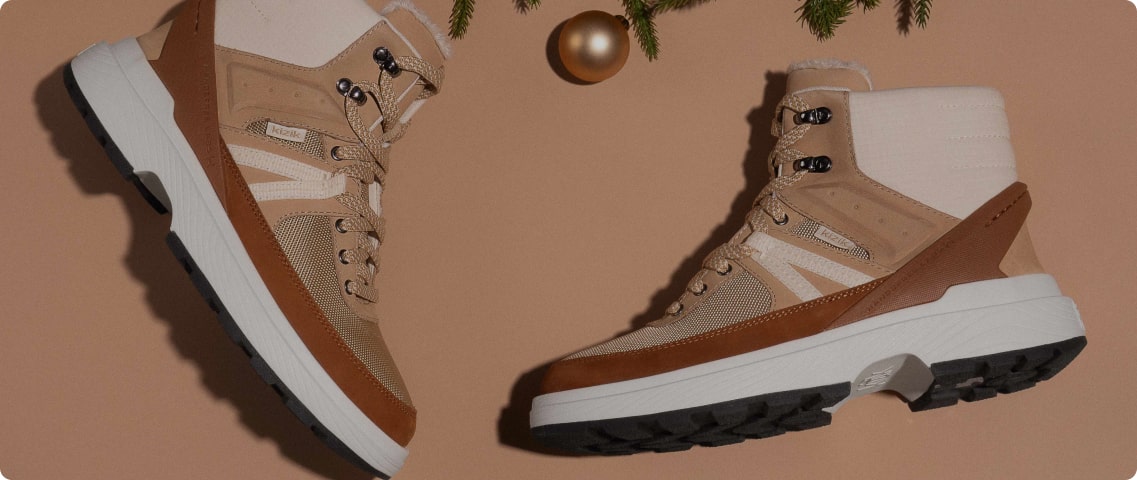
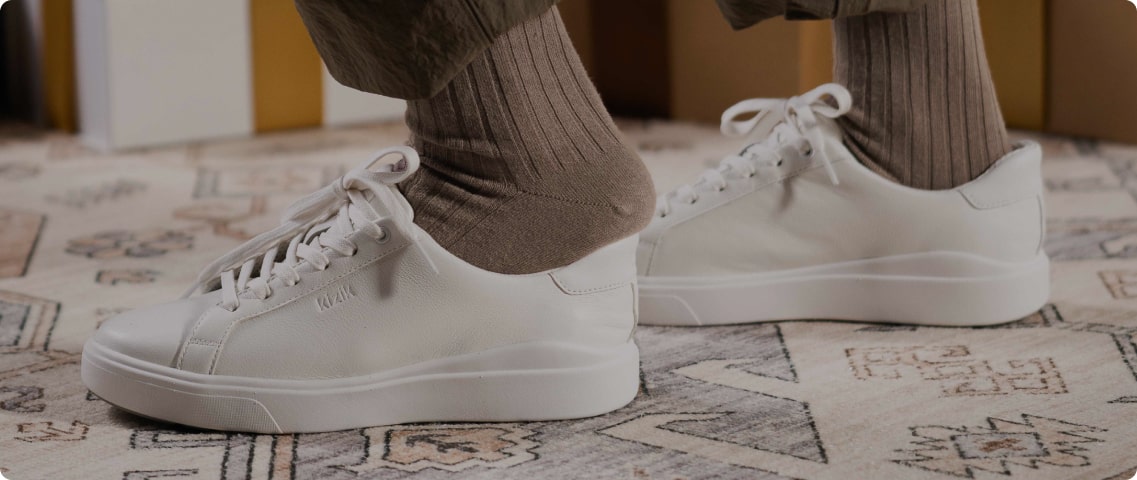
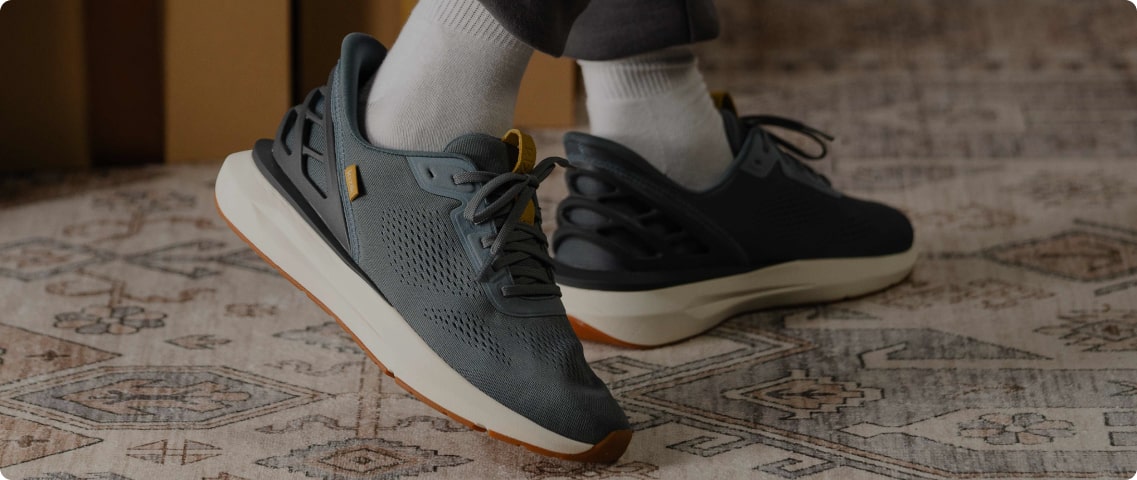


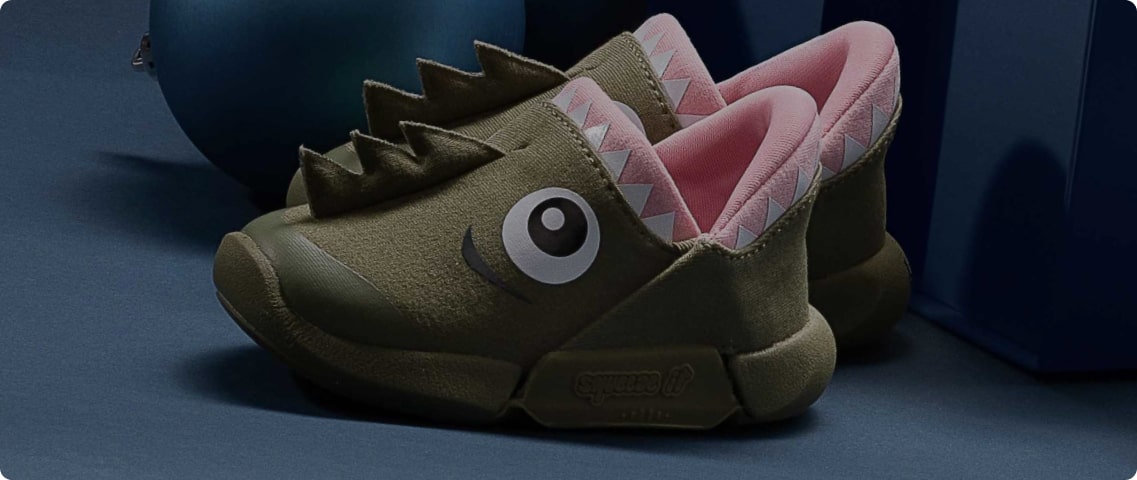
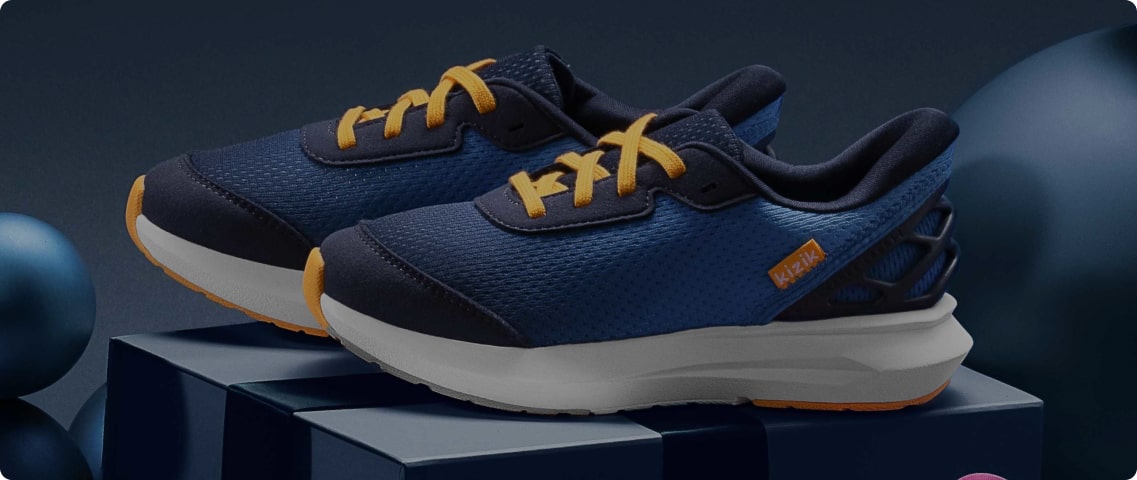
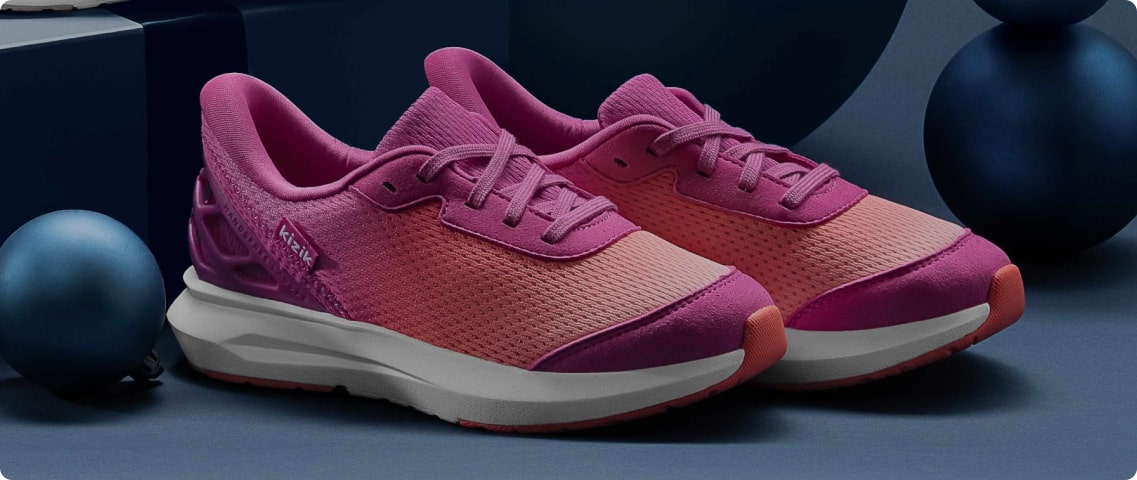

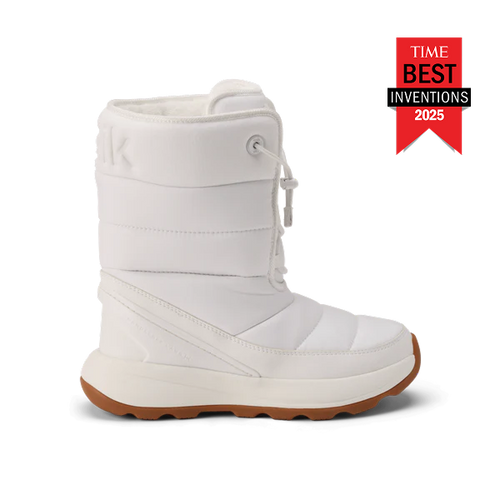


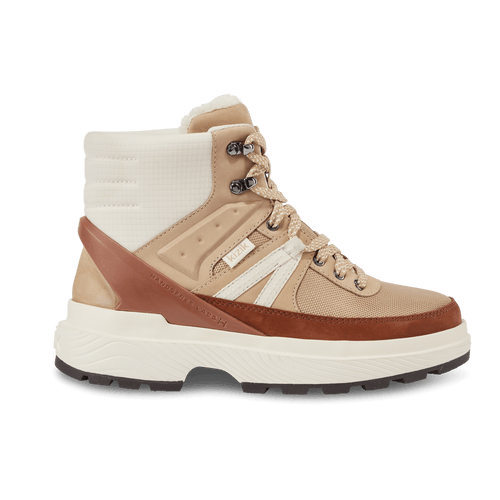
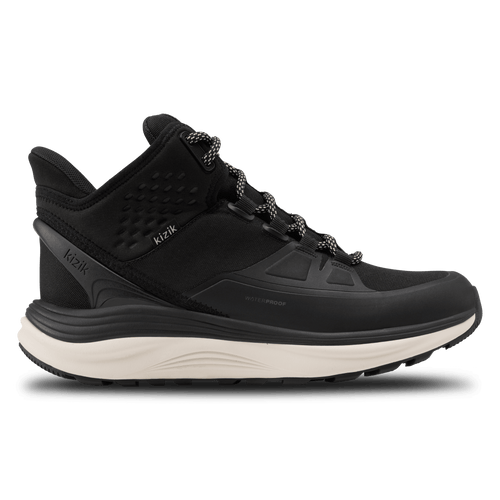








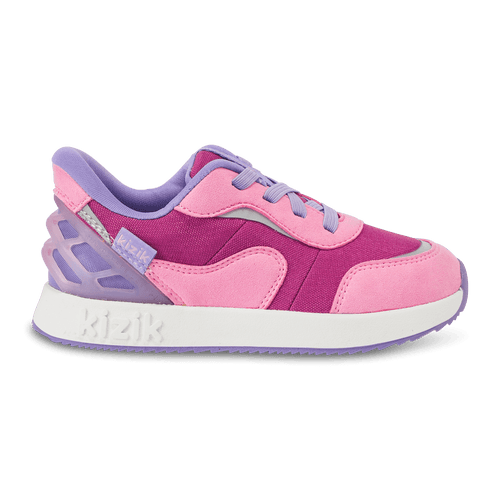


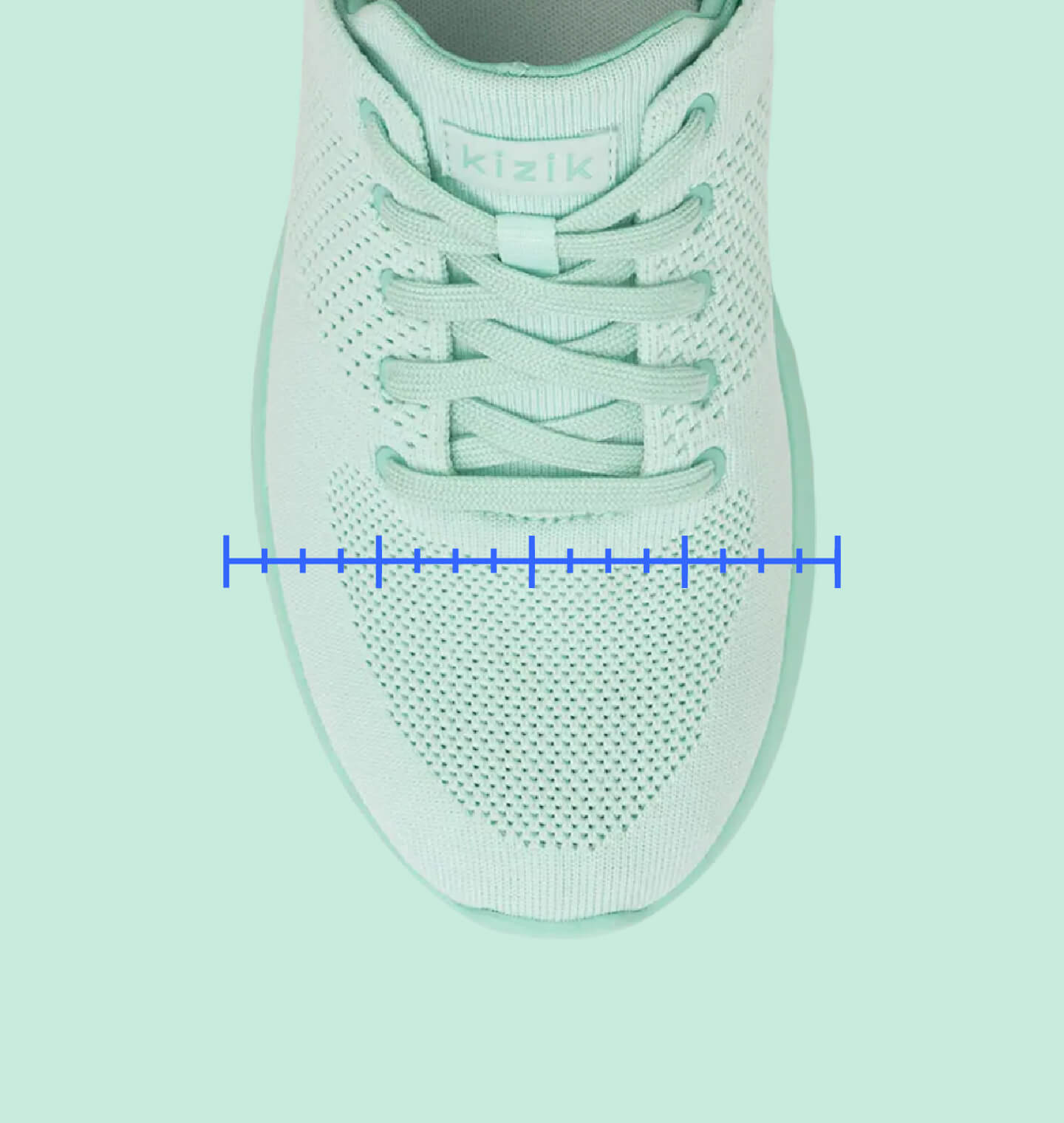

Leave a comment
This site is protected by hCaptcha and the hCaptcha Privacy Policy and Terms of Service apply.